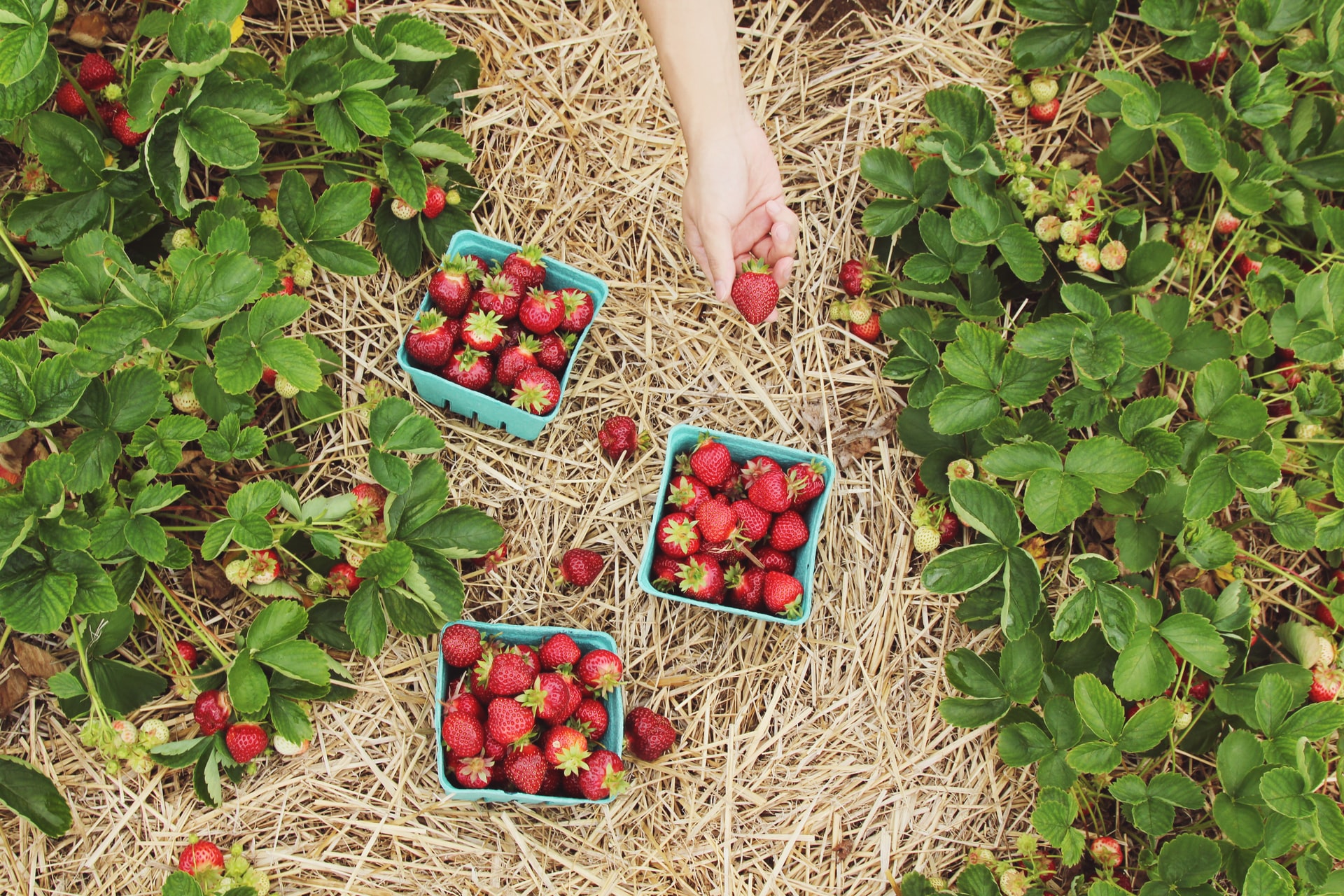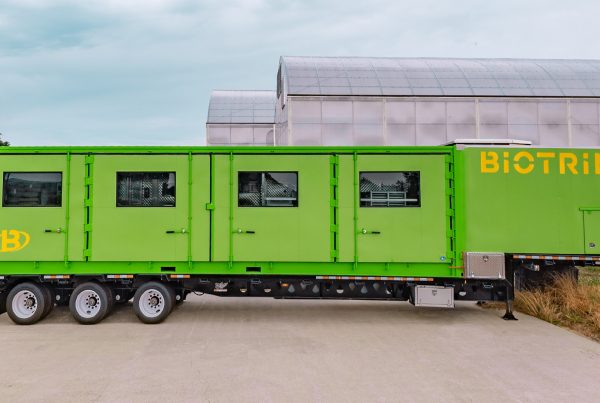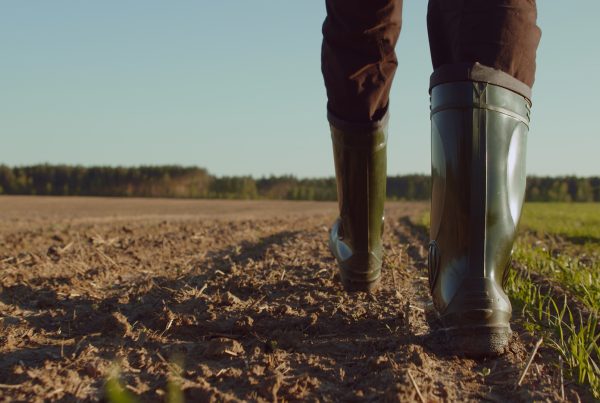Food waste on farms isn’t generally a hot topic of conversation. And when you hear the term “food waste” most people immediately think about retail and household waste, which makes sense because it’s something we see and touch. But the less visible reality is 1.2 billion tonnes of food is wasted on farms each year – the weight of 10 million blue whales – and significantly more than the 931 million tonnes wasted in retail and households.
Meanwhile roughly 8.3% of farm food remains unharvested due to the inability of farmers to pay their labourers and a list of market-based specifications, amongst many other reasons – leaving farmer’s hardly to blame but carrying so much of the burden.
So why is this happening? How is all this farm food being wasted? And why are the farmers being demonized for systems they didn’t create? There are many reasons, but here are some key factors:
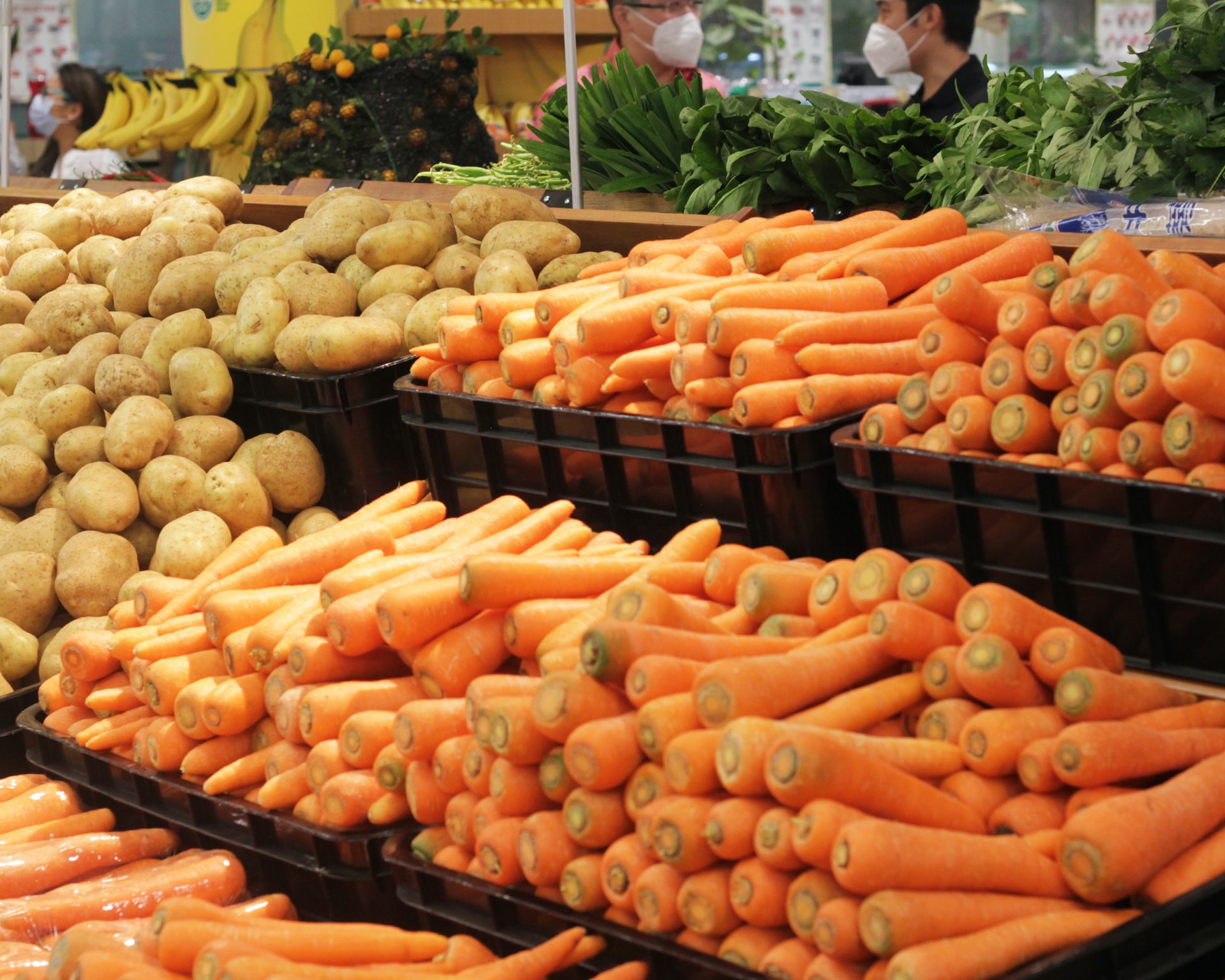
Misfits & Imperfect Food
Farmers are under pressure from all directions, one of those pressure points and causes of food waste on farms is the stringent cosmetic guidelines enforced by retail standards. A quick trip to your local grocery store, amongst shoppers pushing aside the trivial amounts of imperfect produce, and you’ll notice the majority of the food is practically identical.
The time and work it takes to produce food, perfect or otherwise, plus the heartache farmers must endure watching their harvest go to waste, does not seem like a fair scenario to us. For the farmer, the food, or the people that could have eaten it. So, what kind of crazy beauty standards do these farmers have to meet? Well, there is a laundry list of defects that can affect our produce.
Blemishes are no longer only feared by humans. Here’s a few other imperfections farmer and wholesalers have to be conscious of:
- Size
- Colour
- Shape
- Maturity/Immaturity
- Scars
- Growth cracks
- Sunburns
Our food faces more pressure than ever to look its best at all times. And that doesn’t seem very sustainable.
Market Fluctuations & Overproduction
Farmers also have to deal with the never-ending fluctuations and trends of the markets. Food producers must keep their finger on the pulse of trending foods to meet the sudden demands of distributors who are often scrambling to keep up with the changing trends of consumer demands.
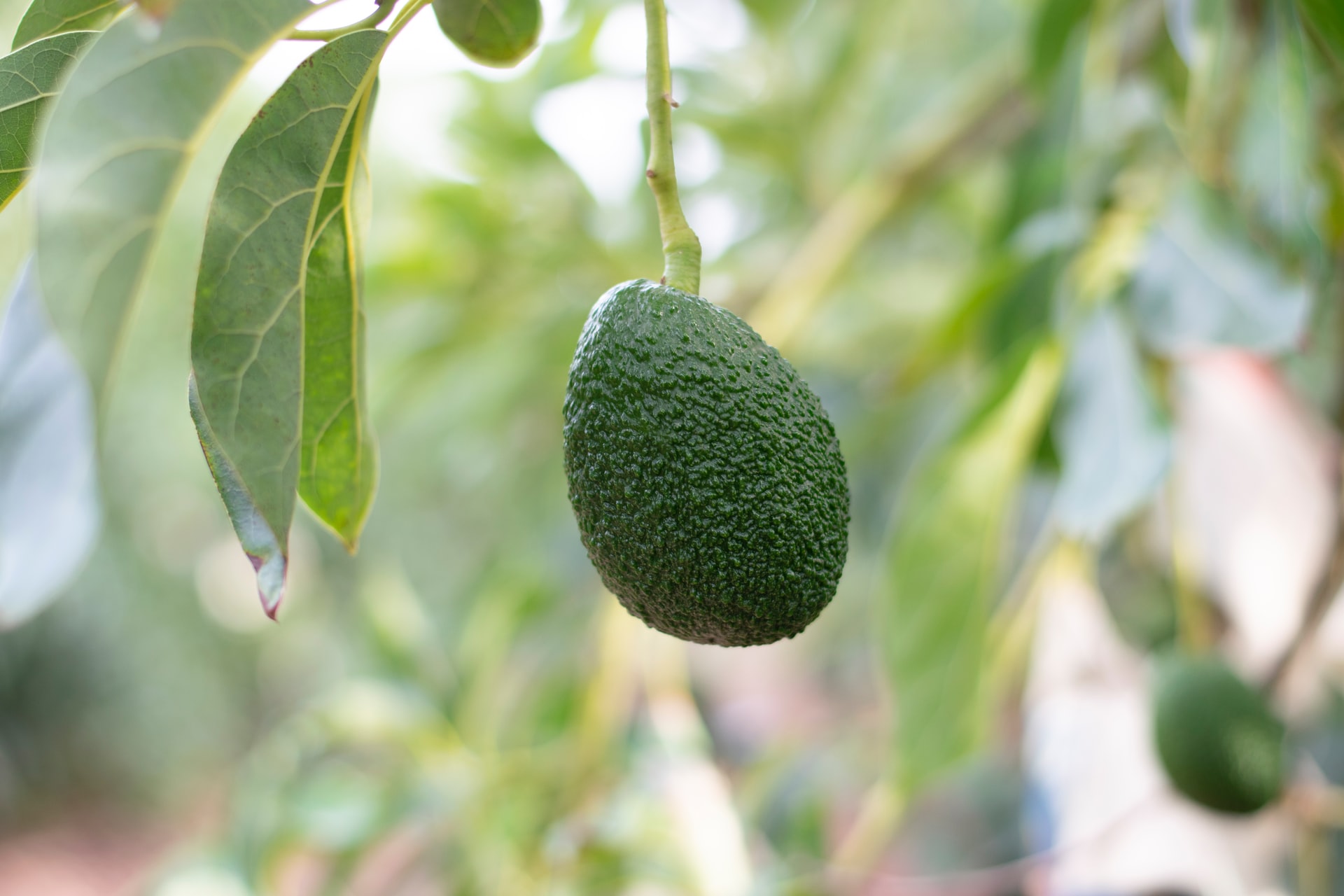
Avocados, voted most popular fruit (yes, it’s a fruit!) in recent years by millennials, is known as green gold to most farmers and is just one extreme example of a massive and widespread food trend. Avocados have become such a cash cow for farmers and have even garnered the attention of organized crime, threatening the livelihoods of farmers (an article for another day). In fact, it’s become such a stressor to farmers that they’ve actually had to invest in expensive security and fencing systems to protect their crops at all costs.
And if that isn’t enough, inevitably the high demand leads not only to mass production but overproduction of the food. This surplus food is then likely to end up in landfill. Plus, you know how fast avocados go bad, so imagine how much more is going to waste in homes.
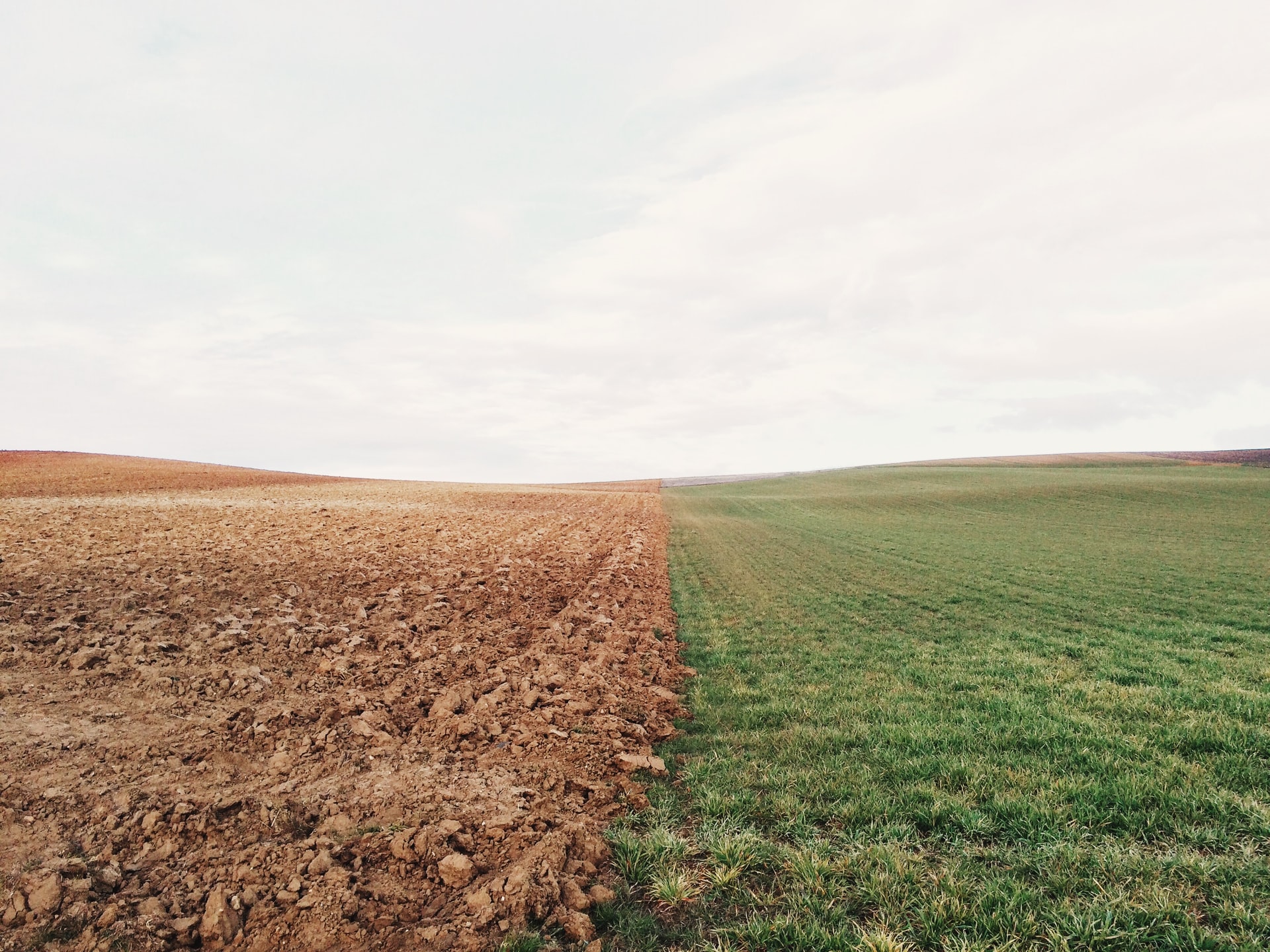
Extreme & Changing Climates
Changing climates and extreme, unpredictable weather patterns presents another set of unique challenges for farmers and their ability to grow and sell food. Farmers are no longer able to rely on the climate of their region during growing seasons. Drought is already of major concern to most farmers, but now unexpected weather events like storms and floods are also an area of concern for farmers adding to the uncertainty of food production and distribution.
These weather conditions are seemingly getting worse and more extreme, and the overproduction and waste of food could very well be contributing directly to these extreme weather patterns. Overproduction continues to rise as the world’s population grows. The more food we require, the more we will continue to overproduce, leading to even more food in landfills. But it doesn’t have to be so!
Spoilage & The Fight Against Time
Fruits and vegetables ripen at different times across regions and farmers may struggle to find buyers for their produce at the end of each season. Food that must be eaten in 1-2 days might be considered ripe and perfect for us as consumers, but it is considered overripe by the industry because it will not last in time to be sold in stores. Overripe produce that must be eaten within 1-2 days, much like avocados, does not enter the wholesale market.
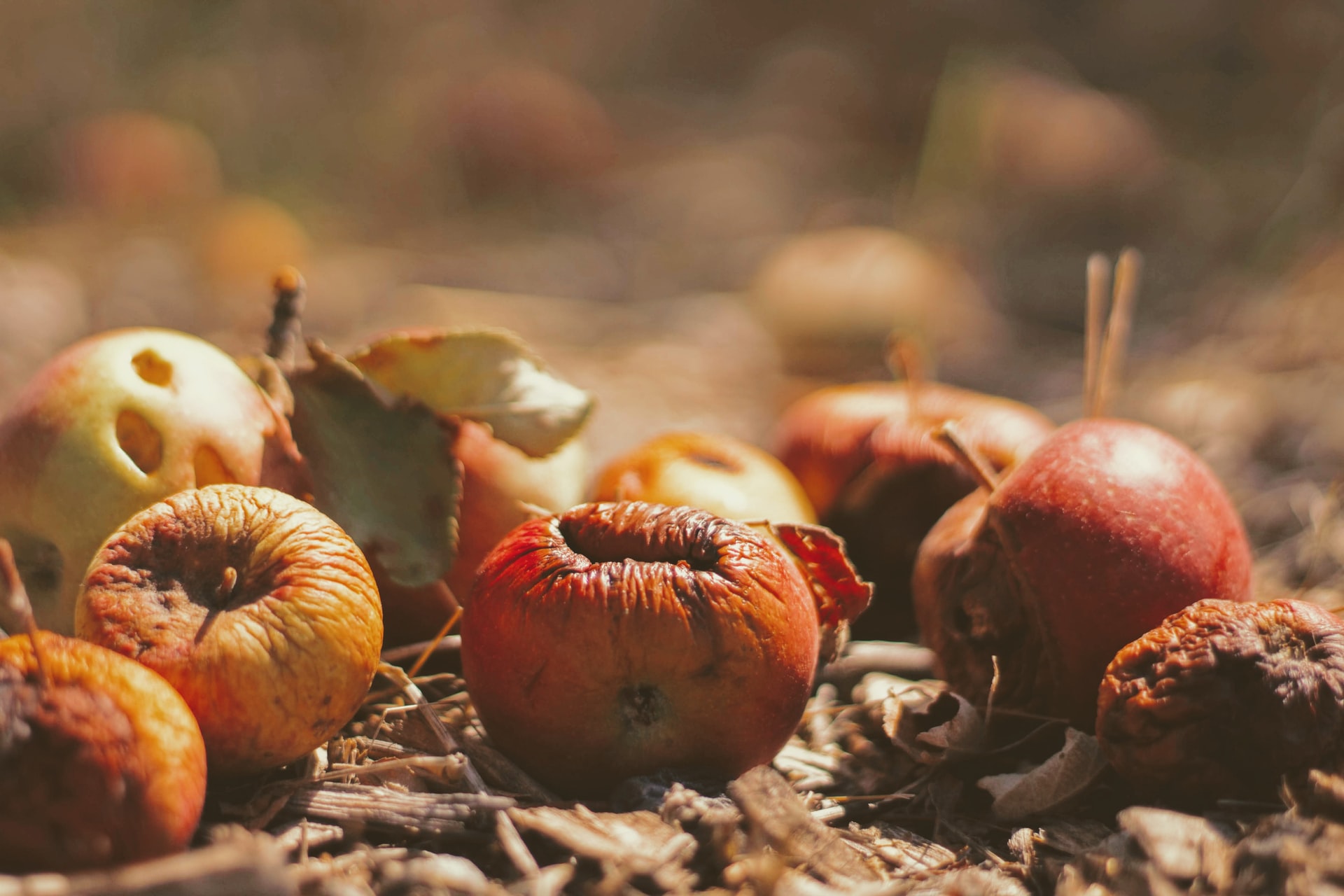
All that hard labour and resources spent to make life sustaining food, only for it to go bad. Farmers also must be mindful of their growth timeline vs. shipping time to wholesalers. Harvesting is the most identified critical loss point for all types of food. Grocery stores generally don’t care about seasonality because of their adequate food storage facilities and chemical food preservatives (fun fact: most grocery store apples are a year old).
However, losses do occur during storage. Generally, a technical breakdown, poor management of temperature, humidity or overstocking will do the trick. Another example of farmers having very little control over how their produce is used.
Farmers Need Help Solving Food Loss
Farmers have to deal with a lot yet are the reason any of us eat. We are tired of seeing an unsustainable and unfair food system continue to waste food and resources while farmers are left breaking their backs with little support.
We can do better and that’s exactly what we are doing at Trendi. As we begin to think about food differently, we are starting to see opportunities to preserve food using methods and tech that already exists. Dried food is becoming increasingly more accessible and is a great way to save food and feed people at the same time. We are bringing food drying and saving tech to the world so more people can eat, and less food goes to waste.
Want to know more about how we plan to stop food waste? Reach out and maybe we can do it together!
Article written by:
Erika Altomare, Copywriter
Erika is a passionate wellness, food, and lifestyle writer who appreciates the little things and always asks questions about the big ones.

